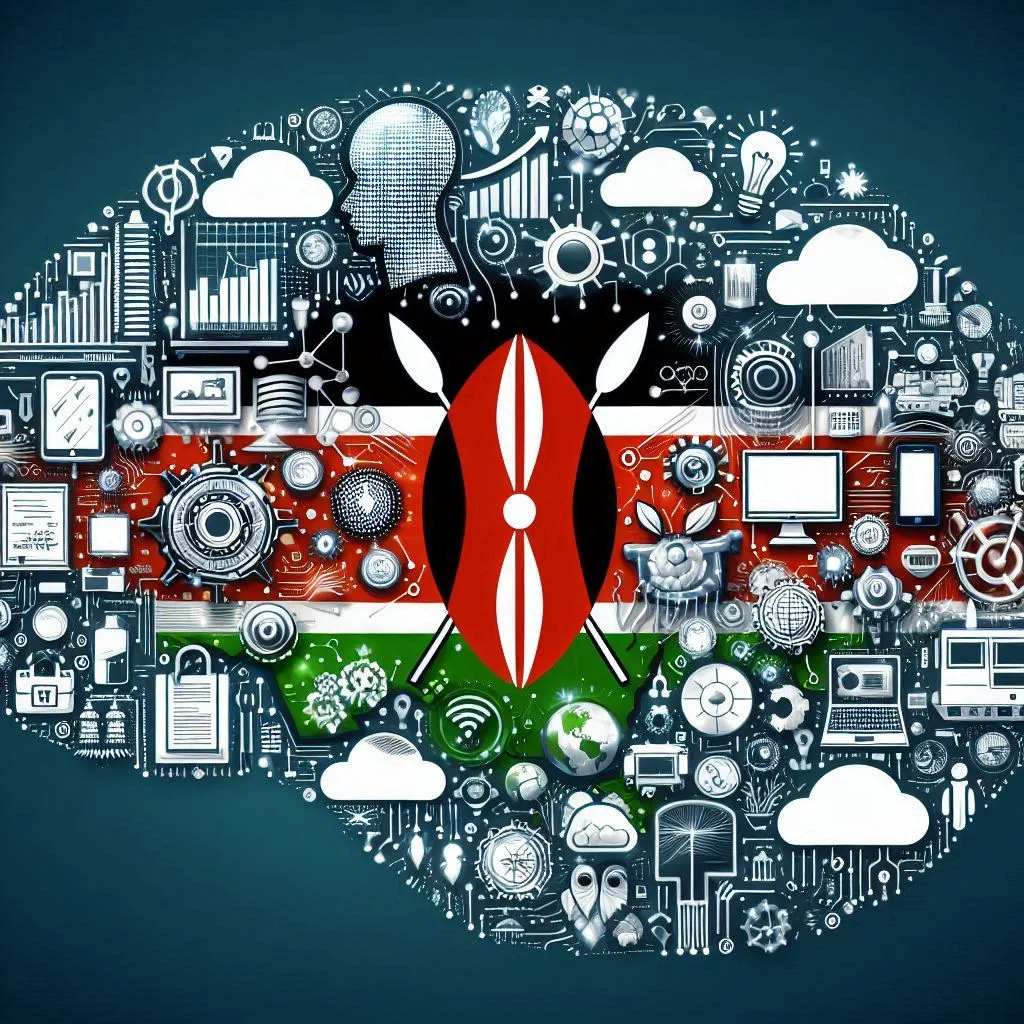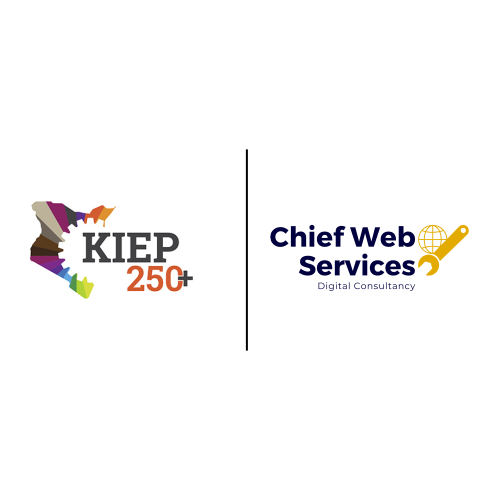In today’s fast-paced digital world, website trends are evolving rapidly to keep up with changing consumer expectations, technological advancements, and marketing demands. Social media remains a powerhouse for marketing, having a high-quality website that aligns with current trends is a crucial competitive advantage.
In 2024, several website design and functionality trends will help Kenyan enterprises across industries improve user engagement, drive sales, and stay ahead of the competition.
1. Enhanced Mobile Optimization
Website trends in Kenya’s mobile internet penetration continues to rise. businesses must focus on mobile optimization like never before. A mobile-friendly website doesn’t just mean it resizes well on smaller screens; it means designing specifically for mobile-first experiences, prioritizing quick load times, easy navigation, and accessible touchpoints.
Example: Imagine a Kenyan healthcare provider like Precise diagnostic imaging optimizing its website for mobile, allowing patients to quickly access services, view available practitioners, and book appointments in seconds.
2. Interactive and Personalized Content
Personalization is more than just a trend; it’s becoming a standard. Personalized content, which can be based on user behavior, location, or demographics, significantly enhances the user experience and increases engagement. Interactive elements such as polls, quizzes, and product customization options also keep visitors on the page longer.
Example: A tourism business, such as Kaydee tours and travels, personalizes it’s website by suggesting tailored travel packages based on user preferences and past interactions. Similarly, a legal consultancy like Okwiri and company advocates offers an interactive questionnaire that helps clients narrow down the exact services they need before scheduling a consultation.
3. AI Chatbots for Immediate Customer Support
Artificial intelligence (AI)-powered chatbots are becoming standard in customer service, helping businesses offer round-the-clock support without needing a full-time team. In 2024, these chatbots are more sophisticated, responding not only to common questions but also analyzing customer queries to suggest relevant products, services, or support options.
Example: An e-commerce platform like NCBA has employed AI chatbots to assist customers with inquiries, payment methods, and customer service. For a healthcare provider, a chatbot could guide patients through symptom checkers and appointment scheduling, making access to healthcare services much easier and efficient.
4. Sustainable Web Design
With sustainability concerns growing globally, eco-friendly web design is gaining traction. Sustainable web design involves optimizing website performance to reduce energy consumption—such as lighter graphics, efficient coding, and server optimization. This aligns with Kenya’s growing environmental awareness and can be an attractive quality for eco-conscious consumers.
Example: A wellness brand like Chiefweb services implements sustainable web design practices to minimize its carbon footprint, attracting customers who prioritize green values. A hotel chain in the tourism industry could highlight its commitment to eco-friendly practices through a website that is both environmentally responsible and informative about its sustainable initiatives.
5. Voice Search Optimization
As voice-activated devices become more popular, optimizing for voice search is critical. Voice search requires a different approach to SEO. This focuses on conversational language, question-based phrases, and local optimization—making it essential for service-based businesses.
Example: For instance, a local bakery can be optimized for questions like “Where can I buy a birthday cake near me?” or “Best cake shop in Nairobi.” This ensures that users who rely on voice search can find them quickly, especially when they’re on the go.
6. Visual Storytelling and Micro-Animations
Visual storytelling has always been a powerful tool, but it’s now taken on a new form through micro-animations and immersive graphics. These small, engaging animations help convey messages quickly. They do so without loading heavy content, making websites more enjoyable and efficient for users.
Example: A restaurant like Nairobi Gourmet could use micro-animations to create a visually enticing menu that highlights its most popular dishes or even animate food preparation methods.
7. Inclusive and Accessible Design
In 2024, accessibility is no longer optional—it’s essential. Accessible design focuses on making websites usable for people with disabilities by implementing features like text-to-speech options, color-contrast choices, and keyboard navigation. This trend is crucial as inclusivity is now a core expectation in website development.
Example: A government service website or a legal service provider, could enhance accessibility by allowing users to change font sizes, choose high-contrast modes, and have built-in text readers. A retail website like mobiliya furniture has included similar features, enabling visually impaired customers to shop independently.
Conclusion
As we move deeper into 2025, staying updated with the latest website trends is essential for Kenyan businesses. Whether you’re in healthcare, hospitality, legal services, or retail, implementing these trends can help you stand out in an increasingly digital marketplace. Prioritize these elements in your web strategy and watch your business adapt, grow, and thrive in the evolving online landscape.


